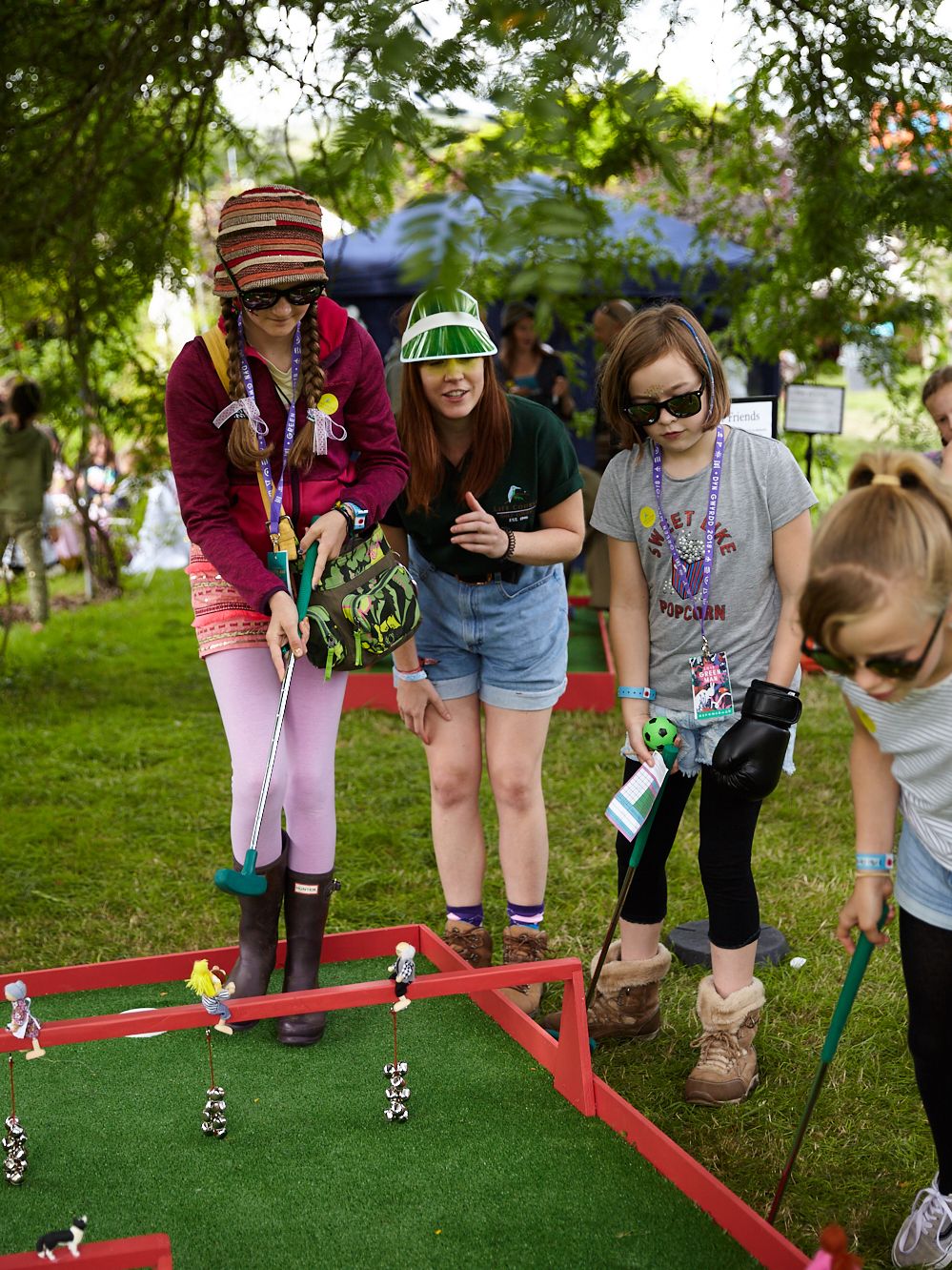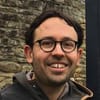Collaborating with Scientists
I was recently asked about what my experiences have taught me about partnerships between artists and scientists. I found it a really interesting question to reflect on because we have made quite a lot of work in collaboration with scientists.

I was recently asked about what my experiences have taught me about partnerships between artists and scientists. I found it a really interesting question to reflect on because we have made quite a lot of work in collaboration with scientists – most recently in creating our new piece Smoking Gun in partnership with Dr Blount from the Data Stories project at the university of Southampton and previously working with the Leverhulme Research Centre for Forensic Science at the University of Dundee on The Evidence Chamber, with Dr Sarah-Naomi James from University College London’s MRC Centre for Lifelong Health and Ageing on Life Course Golf Course and with neuroscientist Dr Kris De Meyer from Kings College London on The Justice Syndicate, Shutdown and If I Were You.
I guess what we enjoy most about these projects is the process of learning fascinating things about how things work and particularly some of the elements of these scientific disciplines which are least discussed or widely understood and finding ways to bring these ideas to life in meaningful ways within our artworks. It is also really rewarding to try and make these processes circular, so that what we learn from the scientists informs the artworks but then the artworks themselves create data about how people respond to certain ideas or make decisions within the artworks that we can give to the scientists to help them fuel further research.
Through noticing what has worked well in these collaborations, there are three key principles, which I’ve outlined below, accompanied by suggested strategies to help achieve them:
- Respect each other’s expertise and roles. This allows each to focus on what they are best at and to learn from each other but also to trust each other and give each other space to develop elements independently. A proposed strategy for ensuring this could be to clearly define roles and responsibilities at the start of a collaboration and putting faith in each other, relinquishing the need to feel in control of a process.
- Empower each other to ask when you do not understand. Often we can either feel embarrassed at not understanding something ourselves or we can fail to explain things fully for fear of patronising something else. Create a rule of “no question is a stupid question” to overcome the shame around asking for clarification, asking follow-up questions, not understanding jargon or ascribing different meaning to the same words. This rule can remove a barrier by making everyone feel comfortable about being able to ask questions.
- Scientists can provide valuable ‘outside eyes” An unexpected artistic benefit of having a scientific partner is that they can provide a fresh perspective on the developing artwork when they come in and see a new phase of development, noticing things that the artists may have missed through being too close to the development process and potentially being “unable to see the wood for the trees.” In order for this not to clash with the first principle of respecting each other’s expertise and roles, the artists could frame the questions that they would specifically like feedback about, in a process that could draw on Liz Lerman’s Critical Response Process.
One final reflection that I wanted to end on is that arts and science are much more of a continuum than a binary. The sort of “digital performance” and “digital art” that we make uses a lot of computer science in the creation process. Music and maths are closely related and people who are good at one are often good at the other. Mathematicians require that equations not only work but also that they are beautiful. Also, the division between the arts and the sciences is a fairly recent one. I was recently listening to an episode of the podcast A History of Philosophy Without Any Gaps about the earliest universities and at those, science was taught as part of the arts curriculum; at the time it was described as “natural philosophy.”

